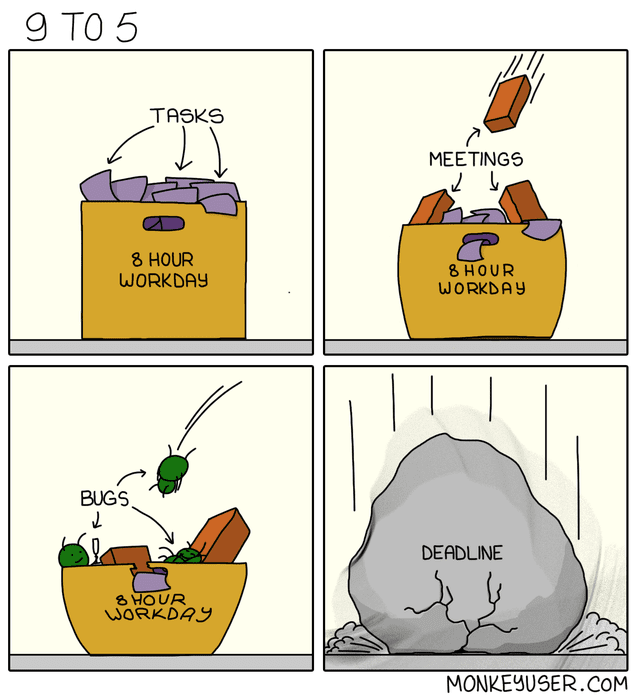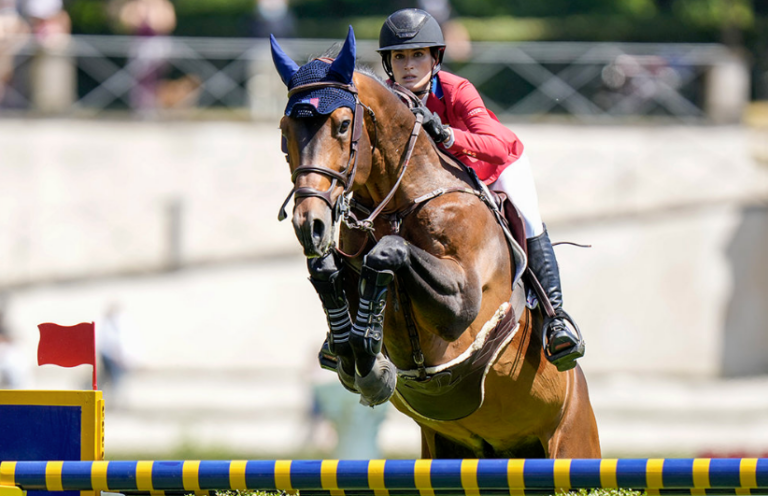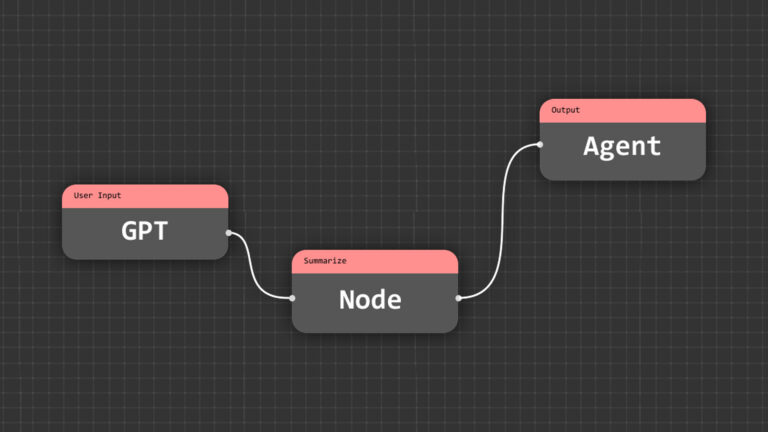How game theory is used in IT and business
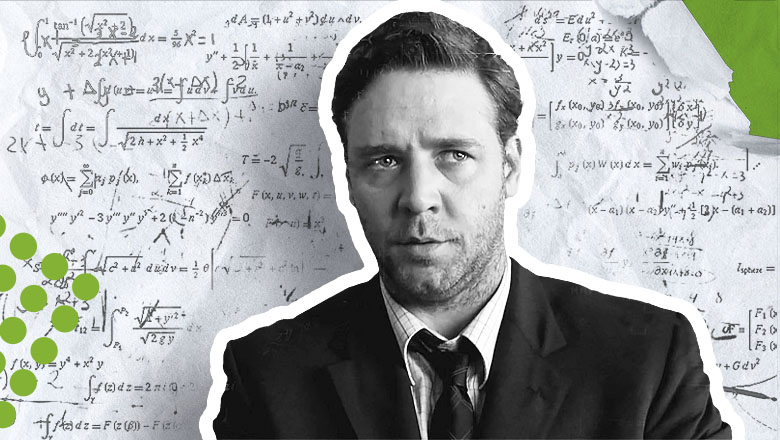
One of the main difficulties in IT and business is making informed and, most importantly, correct decisions. The actions of competitors, complex technical processes, risks and other variables make it difficult to see the big picture and understand what steps need to be taken next.
Game theory allows you to look at a situation “from above” and without emotions. It offers a mathematical approach to problem solving based on high variability, logic and precise calculation.
We will tell you more about how game theory works and how it is useful in business and IT in this article.
What is game theory and how did it come about?
Game theory is a branch of mathematics that analyzes behavioral strategies in competitive situations where parties try to predict the actions and results of other participants in the game.
Typically, game theory consists of the following elements:
A game – a specific scenario, situation or set of circumstances. It is important to note that the game always involves at least two competing parties, whose actions necessarily influence each other.
Participants — persons involved in the game who can make decisions and perform appropriate actions. Players are always rational and strive to get the most profitable result for themselves.
Strategies – a plan of action chosen by each player to achieve the desired result.
Winning – the reward that the player receives after implementing his strategy. It can be expressed either in a material equivalent (for example, money) or in an abstract concept, such as victory points, a goal achieved, etc.
The scientific side of game theory was considered back in the 1870s, when representatives of various schools studied the behavior of consumers, entrepreneurs and employees who wanted to increase income with reduced costs. But they started talking about the mathematical theory of conflict only at the beginning of the 20th century – the authors of the idea were Emanuel Lasker, Ernst Zermelo and Emil Borel.

The greatest contribution to the systematization of the mathematical aspects of game theory was made by John von Neumann And Oscar Morgenstern through his 1944 book Game Theory and Economic Behavior. The material has been prepared since 1928 and examined mathematical methods in economics and sociology: limitations, the influence of the number of participants and principles for measuring results. The game strategy was broken down into components and given key concepts and conditions for achieving certain results.
The book greatly influenced people's thinking. It began to be used for a broad consideration of problems in all areas of social disciplines – from politics and military decisions to cybernetics. By the 1980s, interest in the idea had faded, but later the development of the IT industry gave rise to a new surge of attention. There was a rapid growth in the capabilities of computers and software – and mathematical models began to be tested on PCs.
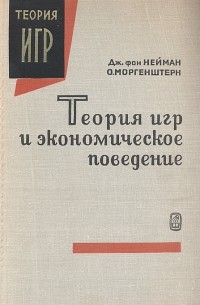
At some point, it turned out that some of the strategic provisions were difficult to prove without the use of game theory – and it again became useful to society, and its ideas began to be tested in computer games and in management. In business, game theory began to be used to calculate the impact of entrepreneurs' actions on competitors. As a result, the launch of long-term planning processes in marketing allowed companies to capture new markets for their products.
Common types and principles
Game theory is used in almost any field of human activity – business, politics, IT, science and even in military affairs. This is possible thanks to the mathematical approach that players can use when planning their actions. Here are some options for such games:
Symmetrical and Asymmetrical:
Example: Chess where both players have similar access to moves and pieces.
Example: The confectionery company uses a secret ingredient in the bars that makes them taste better than the competition. In response, opponents try to improve products through other ideas and solutions.
Cooperative and non-cooperative games:
Example. The group of companies has reduced the cost of its goods to differentiate itself from competitors and ease the consequences of a destructive price war.
Example. Trading on the stock exchange, where each party makes decisions based on their own interests, without cooperation with other players.
Simultaneous and sequential games:
Example. During the tender, developers make offers without knowing the offers of their competitors.
Example. The CPaaS platform for SMS mailings has connected to instant messengers. Competitors did the same and, in addition, switched to the email channel.
While these are not all game theory scenarios, most are based on the following principles:
Each player has two strategy options.
All possible combinations of decisions or rewards lead to a clear result: victory or defeat.
Participants know the rules of the game and the benefits of other decision makers.
Players are rational: when faced with two alternatives, a person will choose the most profitable option.
But even if the participants know the rules and motivations of other players, their strategies always remain behind the scenes. Consequently, any decisions must be made based on assumptions.
Popular Concepts
To better understand the effectiveness of game theory, let's look at some of the most significant examples of its application.
Prisoner's dilemma
In this case, the players are two prisoners. They were arrested for bank robbery and the police are trying to get a confession from them. There is only one reward in this game – a reduction in the sentence. But there are several scenarios:
OPTIONS | The second accomplice remains silent | The second accomplice testifies |
The first accomplice remains silent | Both accomplices receive six months | The first accomplice gets ten years, but the second one is released |
The first accomplice testifies | The first accomplice is released, but the second gets ten years. | Both accomplices receive two years |
Obviously, the best strategy for prisoners is to confess. But the fact is that none of them knows what decision the accomplice will make. In other words, they will not be able to negotiate cooperation with the authorities, even if they themselves want to. The opposite is also true – neither of them knows whether the other will betray him and confess to the police.
This is a clear example of a symmetrical, simultaneous, and non-cooperative game:
Symmetrical – strategies and rewards for each player are identical.
Simultaneity – prisoners must make their decisions at one moment, without knowing what another will decide.
Non-cooperative – participants cannot intentionally form an alliance. Even if we assume that they previously agreed to protect each other and remain silent, then police pressure, fear of losing years of life and other circumstances can change everything.
Without understanding the other player's strategy, the obvious choice for the prisoner is to confess. Even if the second participant remains silent, the prison term for the confessor will still be less. This is also called Nash equilibrium – the moment when a player chooses a given strategy, regardless of what the other player decides to do.
Centipede game
This game also has two players and multiple strategies. But this version is different from the Prisoner's Dilemma. Here Player 1 and Player 2 switch places and on each turn they can alternately choose one of two strategies:
The catch is that the player who completes the game receives 100 rubles – that is, he becomes 100 rubles richer than his opponent, but cuts off the flow of funds. And if a player increases the “pot” and continues to play, his funds grow – but there is a risk that the other player will decide to stop playing.
Moreover, if both cooperate and play until the end of 50 rounds, the total jackpot is divided 50/50. That is, everyone receives 2,500 rubles.
In this game, the most rational choice for Player 1 is to end the game in the first round. So he would receive 100 rubles, and Player 2 would receive nothing. For Player 1, this is a win-win scenario, since he will be in the money, leaving nothing for his opponent. But it's not that simple.
It is believed that people tend to finish this game approximately in the middle, when each player receives some money – although not 5,000 rubles, but much more than zero. In this case the game will be:
Symmetrical – both players have the same choice of strategies that give the same payouts.
Sequential – participants take turns making decisions and know what move their opponent made.
Non-cooperative – although players may decide to cooperate and end the game with 5,000 rubles each, there is no guarantee that they will form an alliance.
Playing dictator
This is a simpler version of game theory. It involves two players who do not know each other:
The Sender has 500 rubles and needs to decide which part to send to the Recipient. The sender has full control of the entire amount – he can keep everything for himself or transfer part (or all of the money) to another player.
The Recipient cannot influence the Sender's actions in any way – in fact, he does not even know about it. In this game, the Receiver is a passive figure.
From a rational point of view, the Sender should keep all the money for himself. But real experiments have shown that on average the first player gives the second approximately 25-35% of the amount.
This suggests that money is not the only reward that people need. In the Dictator game, participants may consider other benefits, such as a reputation as a kind and generous person. Therefore, this game can be considered:
Asymmetric – Different strategies are available to the Sender and Receiver, and their benefits are not identical.
Consistent – The Recipient will know whether the Sender shared the money with him or not.
Non-cooperative – both players do not have the opportunity to cooperate with each other, for example, deciding to split the money in half.
Also in game theory there is the “Free Rider Problem”, “Gloomy Trigger”, “Keynesian Beauty Contest”, “Bounded Rationality” and many other concepts
Examples of application of game theory in business and IT
Since game theory has mathematical roots, it works great in areas such as business and IT, where it allows:
Assess the effectiveness of interaction between parties interested in the situation.
Analyze past events and the choices of individuals, organizations, or institutions.
Predict results involving two or more participants.
Make decisions under the influence of certain circumstances.
Let's look at the benefits of game theory for IT and business more clearly.
Making decisions about a new product in business
Companies use game theory to determining when to launch new products to the market, analyzing possible actions of competitors and market reactions. This allows you to determine whether a product should be introduced now or wait to avoid competition or capitalize on first movers.
Pricing and Marketing Strategies
In an industry where a few large players dominate the market (oligopoly), companies can use game theory to determine pricing strategy. By analyzing potential moves by competitors, companies can choose between setting prices high or low to maximize their profits or market share.
Auction Strategies
In auctions, companies and individuals use game theory to determine the optimal bidding strategy. They analyze the behavior of other bidders and their possible bids to decide whether to raise the bid or take a more conservative line in order to win the auction at minimal cost.
Product development in technology companies
Technology companies use game theory to making decisions about implementation new technologies or modifications of existing products. By analyzing how competitors might respond to new technologies, companies can either accelerate innovation or adopt a wait-and-see strategy to reduce risk. Source: StudiousGuy
Rail transport management in Europe:
With the advent of competition in the European rail transport market, operators began to use game theory to strategy analysis new and existing players. They consider various scenarios for interacting with competitors, such as lowering prices or improving the quality of services, in order to maintain or increase their market share. Source: McKinsey
Innovation in Game Theory
Game theory originally focused on zero-sum situations where one participant's reward exactly matched the other's loss. But over time, it began to be used not only to analyze competition, but also other types of interactions and behavioral scenarios: cooperation, conflicts, process optimization, etc. As a result, game theory began to extend to the analysis of strategies in both human and computer behavior — it helped to understand the motives of the players, taking into account their goals, capabilities and limitations.
The need for adaptive innovation for “new games” that will allow participants to gain a competitive advantage has been suggested by Allan Afua, a renowned author and professor of strategy at the University of Michigan. He explained it this way:
“New gaming strategies are helping to rethink how rewards are created and awarded. They can create new markets and industries, strengthen or weaken the position of existing products and, most importantly, increase company profits.”
A striking example of innovative game theory is Apple's creation of its first iPhone. In the early 2000s, phone companies like Samsung, Nokia, and Research In Motion (now BlackBerry) focused on the shape, ergonomics, and size of their devices. After studying competitors, Apple decided to change the rules of the game and shift the focus from hardware to software capabilities. Thus, an innovative strategy based on game theory became the beginning of the emergence of smartphones – one of the most popular and competitive products of our time.
When Research in Motion (RIM) realized that the iPhone was a minicomputer and not a phone, it was too late. Their attempt to create their own Blackberry 10 OS in 2013 failed – the technology was about 5 years behind.
By that point, Apple's market share had risen from 0 to 20%, and its parabolic growth paralleled RIM's earliest success. RIM's decision to develop a proprietary platform to compete with Apple also turned out to be a mistake – it only took time and money, but ultimately damaged Blackberry as a brand.
As a result, when Steve Jobs launched the iPhone in 2007, Apple's market capitalization was about $80 billion – a figure that has now exceeded $1 trillion, much of which came from iPhone sales worldwide.
Disadvantages of Game Theory
Despite its impressive variability and benefits for business and IT, game theory also has a number of vulnerabilities that need to be taken into account when planning strategies:
Game theory assumes that participants will act rationally and impartially. Most cases involve human factors. It can lead to impulsive actions by players, carelessness in handling information, etc. All these variables are difficult to calculate.
Planning chains are too long. This is especially true for asymmetric games, where participants do not know the capabilities of competitors. Although game theory provides structure and clarity to strategies, the element of uncertainty can lead to hundreds of hypotheses and assumptions, most of which are not always realistic.
Problems with player growth. As the pool of participants in the game expands, analysis becomes more complex, which may require a significant increase in resources and capacity.
In addition, game theory does not apply to all situations, does not work well with dynamic events, and does not always accurately determine the rewards of players.
Conclusion
Game theory is a useful tool for a comprehensive analysis of almost any situation related to business, IT and many other areas.
With its help, you can assess the motivation of opponents, optimize production and technical processes, and also calculate and select the best solutions to complex problems.
However, game theory is not a panacea. It is often based on assumptions, does not take into account human factors, and does not handle dynamic events well. Therefore, this discipline can be considered only as one of the options for solving problems.
The UFO flew in and left a promotional code here for our blog readers:
-15% on any VDS order (except for the Warm-up tariff) – HABRFIRSTVDS.

